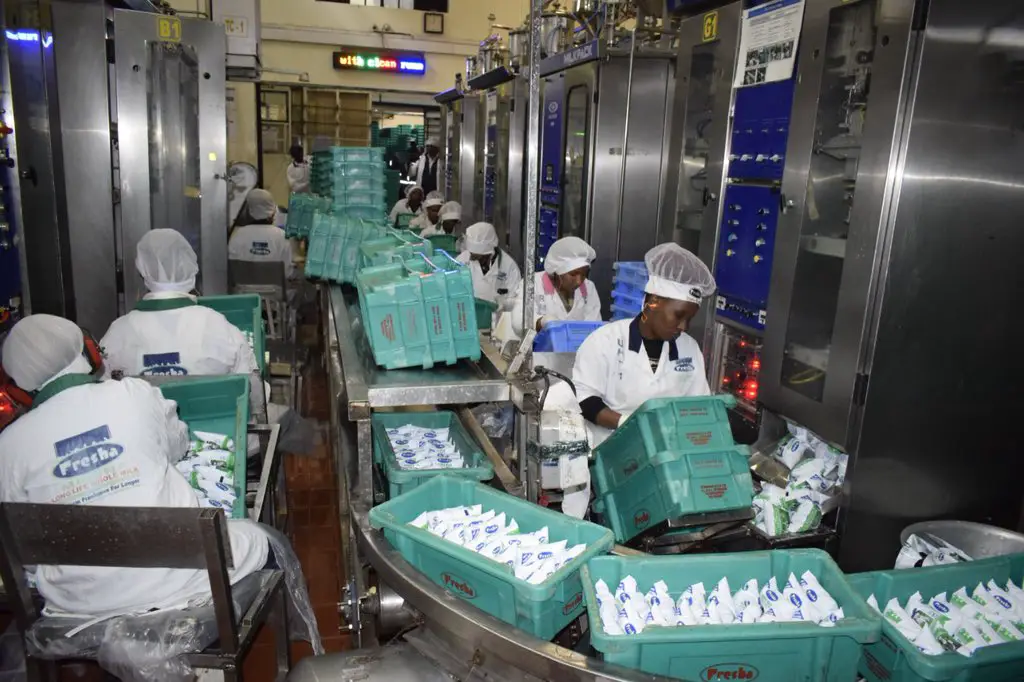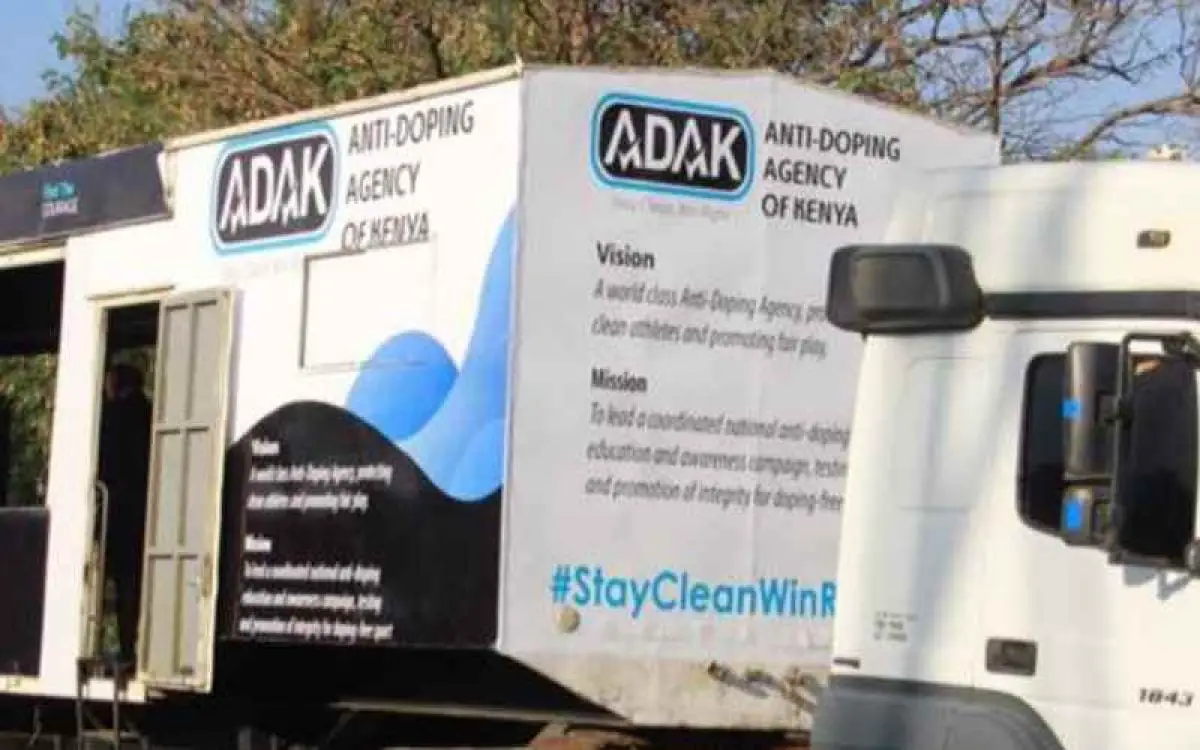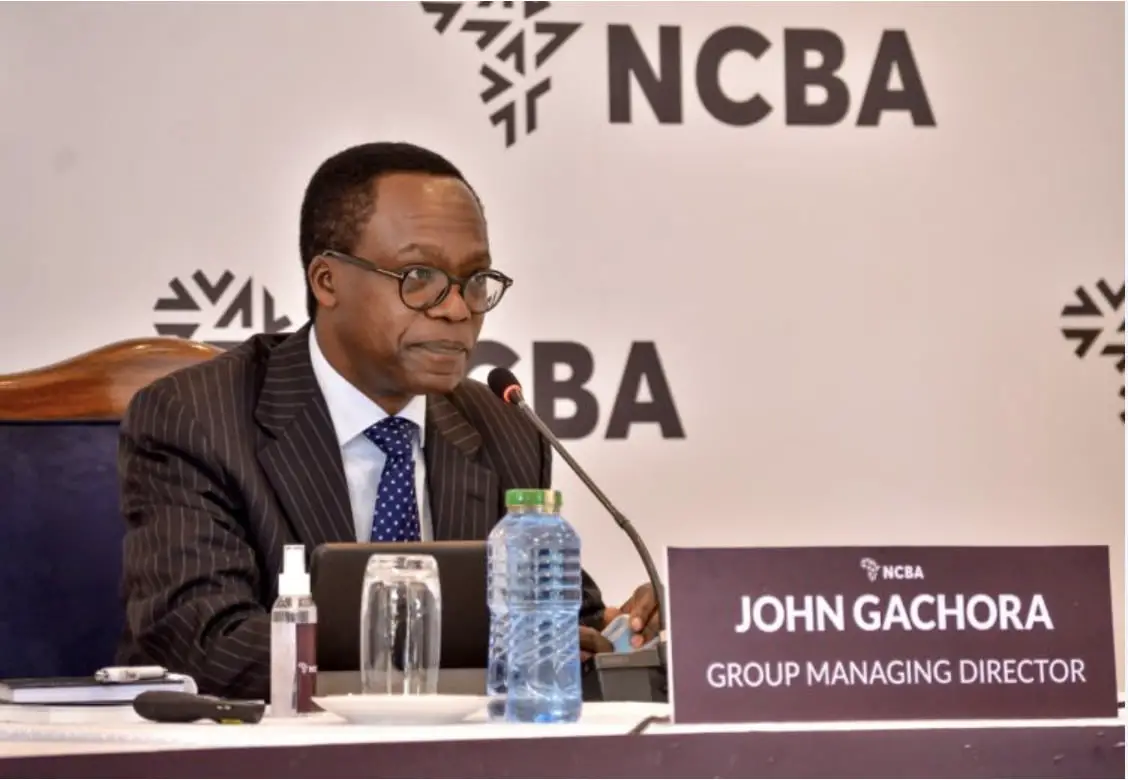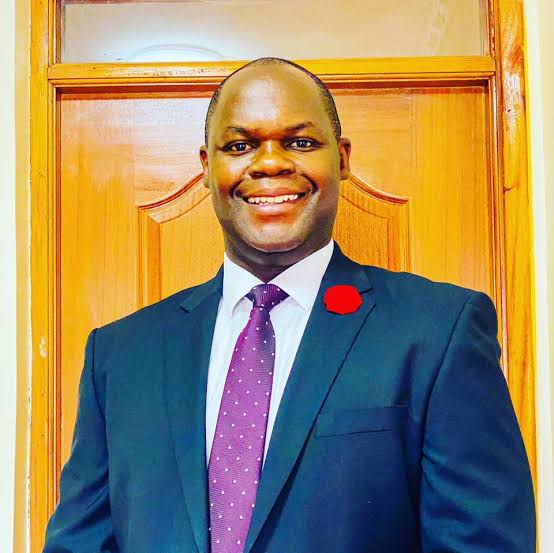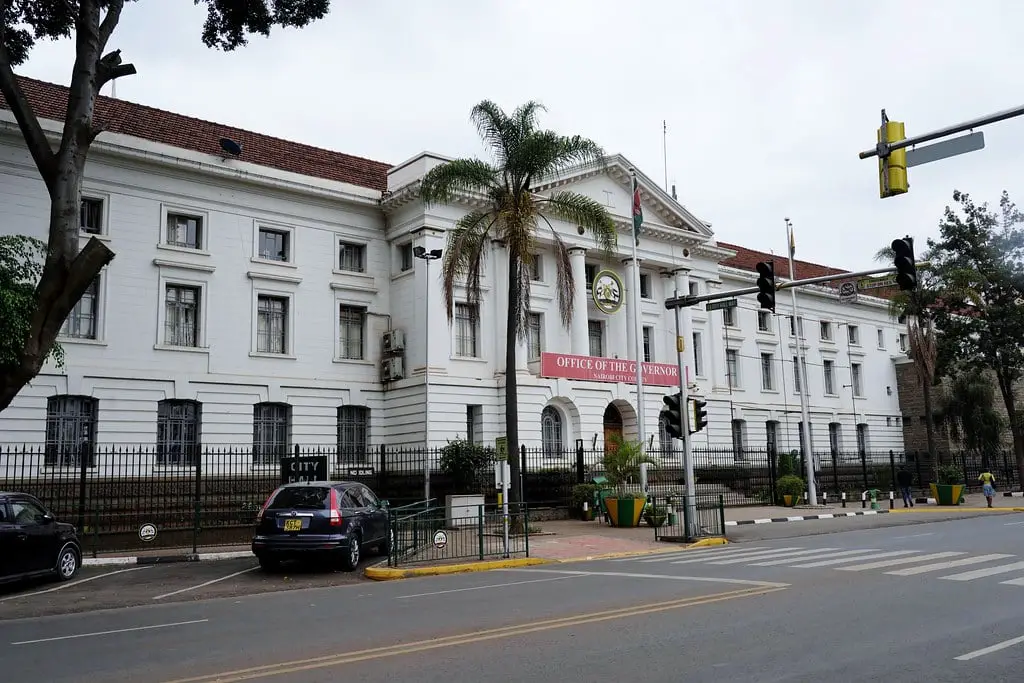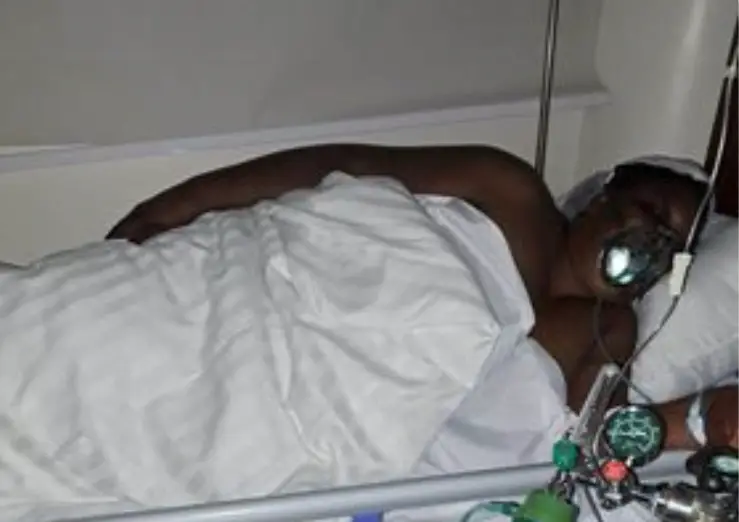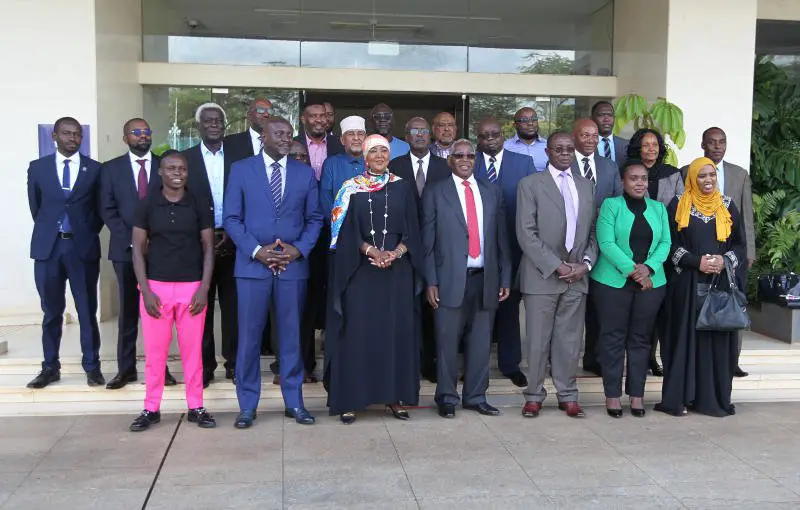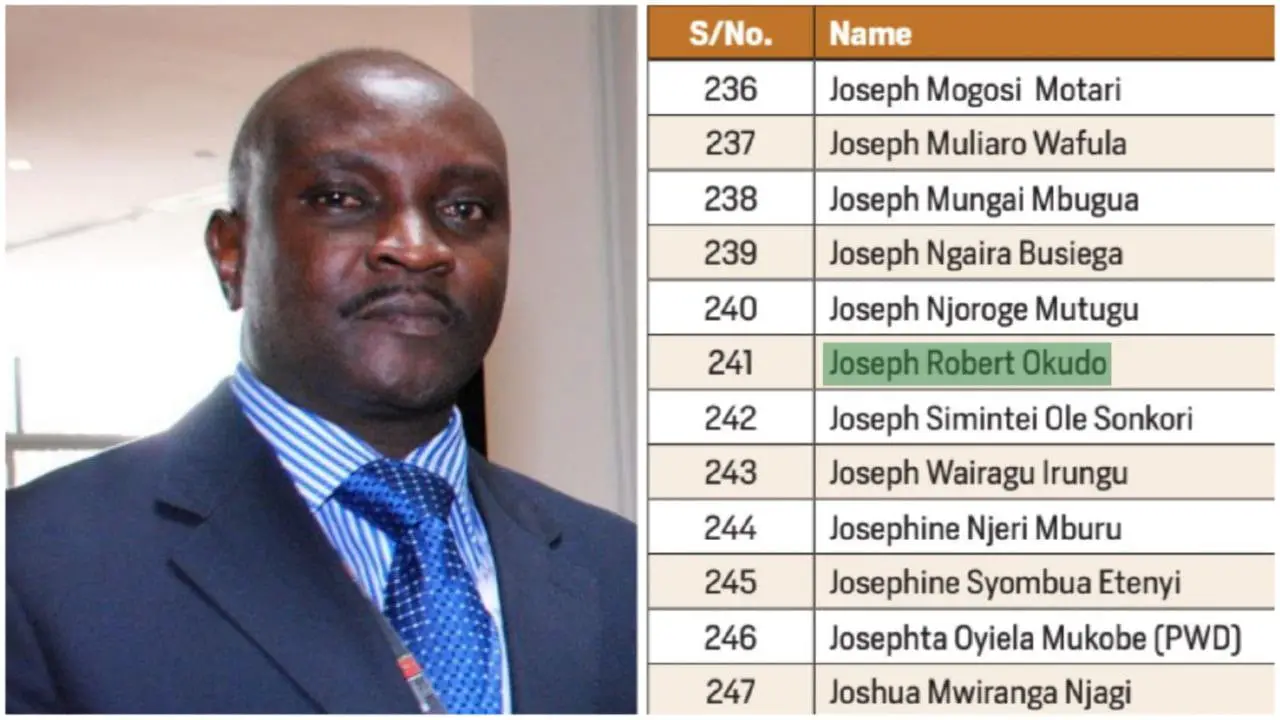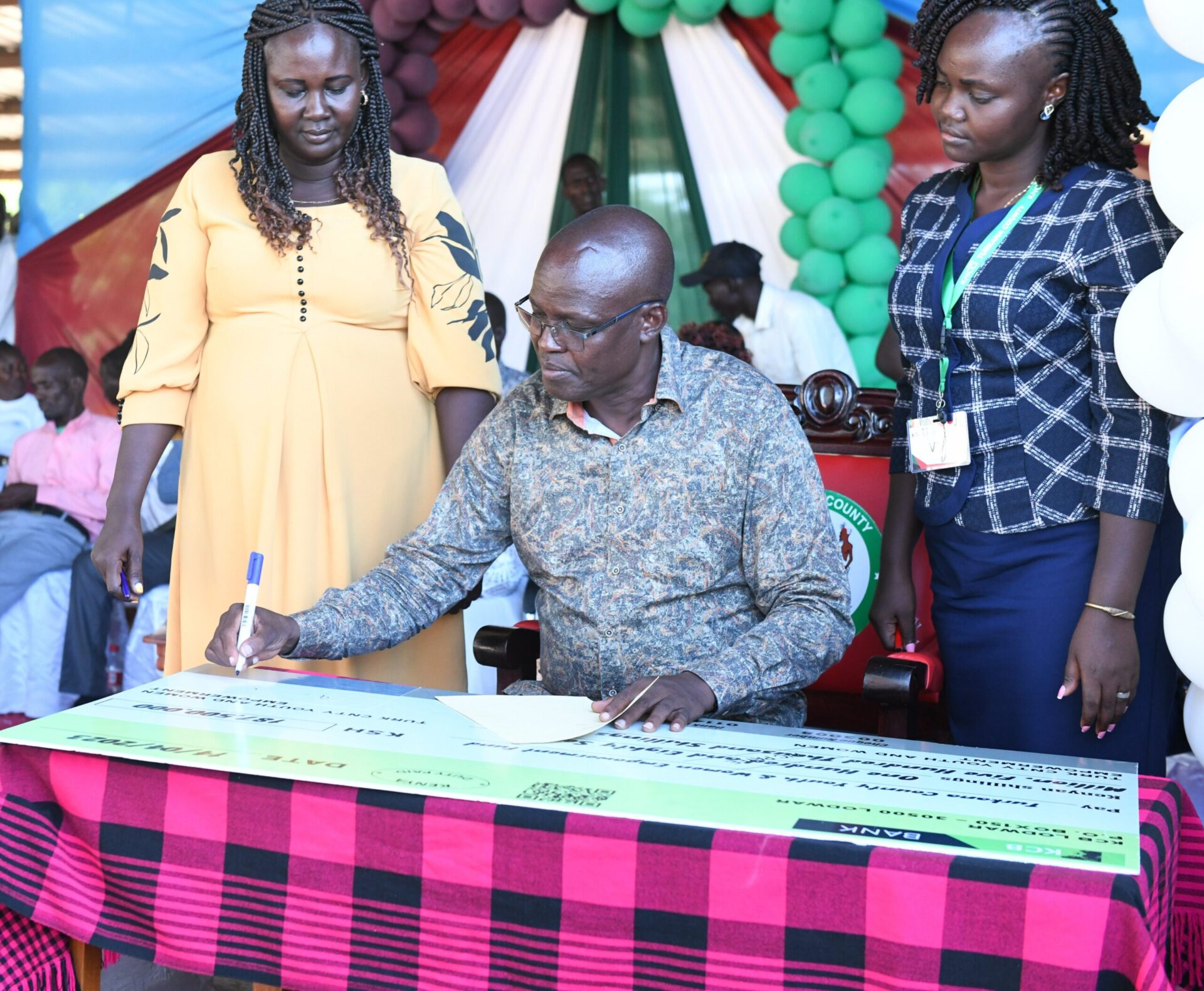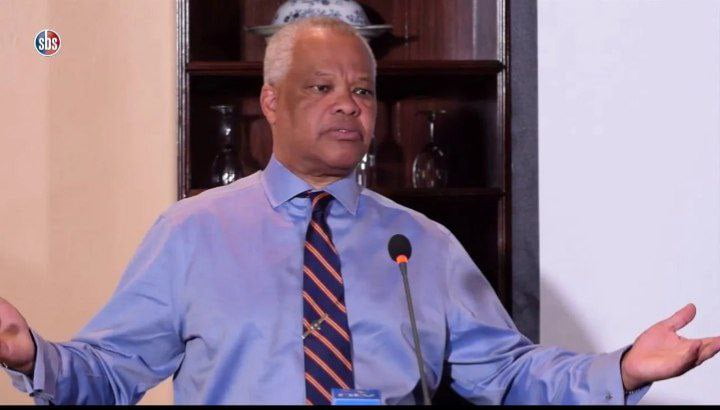Kenyatta National hospital (KNH) the mother and father of hospitals in Kenya has been a source of disappointment to the University of Nairobi Nursing students. The facility, being the face of the countries health should be in the front line in ensuring the general well-being of the people. Its team is mandated to provide quality care and lead the public in better practices in enhancing wellness in the community. However, the hospital has done the contrary and has been making the lives of the students unbearable.
The students, fuming with anger and frustration, attribute their distress to health waste disposal practices performed by the facility. Incineration, a method of treatment of health care waste by high temperature burning before final disposal has been the major concern to the students. Incineration, however, has been one of the most trusted and efficient ways to manage health-related wastes in the country.
The dark-grey, unpleasantly smelling fumes arising from the incinerators has been a nightmare to the students. The incinerators, just about 10 meters from the student’s lecture theatres have their chimneys releasing thick and dark smoke to the students learning environment. A giant wave of smoke hit the lecture theatres leaving the place in turmoil. The teaching fraternity seemed to be more affected. Each one of them seeks to run away and wait for the fuming to subside, a process that can take hours. Although research has been done to anticipate the likely hood of toxicity from the incinerator, much has not been done to counteract its negative implications.
One of the major studies was conducted by international pollutants elimination network [IPEN], in 2002, suggesting that the incinerator produced toxic chemicals including dioxins, furans, nitric oxides, heavy metals and unintentional persistent organic pollutants [U-POPs]. Another study published by national institutes of health [NIH], 2012, showed that the combustion efficiency [CE] of the incinerator at Kenyatta national hospital is 48.1% which is much below the specified minimum national limit of 99%. The stack temperatures of the incinerator were identified to be 746 degrees centigrade. The two factors contributed to the release of toxins unintentionally together with the flue gas.
The substances suspected to be released by the Kenyatta national hospital incinerators are detrimental to health. They are associated with an increased risk of development of a wide spectrum of conditions. They are associated with; high risk of developing respiratory conditions, cancer, and heavy metal intoxication. The close interaction of human beings and fumes containing the stated chemicals is dangerous and should be looked upon. It is much clear that; the nursing students and their lecturers have greater chances to be affected and something urgent needs to be done.
In an attempt to solve the problem, the students through their leaders have written several letters addressing the issue to the administration of the hospital. Until recently, the results have been pathetic. Feeling demoralized, the students have lost hope and the possibility of change to them is minute. They are discouraged by the fact that the facility has not even made any commitment to solving the puzzle at hand. According to the students, writing letters to address their concerns was just a waste of time and ink. They have given up and depend on God sent moment for their needs to be addressed through to them it may be a mere illusion.
The students had recommended the facility to at least raise the chimneys to be taller than the lecture theatres. The overall effect could be reduced inflow of toxic fumes to the learning environment. Following a study conducted on the facility by international pollutants elimination network, it was determined that the chimneys had no Air pollution control devices [APDC]. The devices include; quenchers, condensers and wet electrostatic precipitators. The devices help reduce the number of toxins possibly emitted to the environment. The students requested possible installation of the devices not only for their interests but also for the betterment of the health of the general public.
”Let them burn the wastes during the night”, the students in unison lamented. The alternative seemed to be better off. It was very economical and realistic and the students seemed to embrace it. To implement it, minor changes where to be done including time allocation and working hours. Despite all of their efforts, the facility has not responded yet. Burning at night takes into account that the students are more active during the day. The area around the incinerator is populated and burning at night may not solve the problems faced by the people who permanently inhabit the area. Though at night the activity level of the person is decreased which translates to reduced intoxication.
It is embarrassing to see Kenyatta national hospital ignoring complains of medical students. The students are the future responsible nurses and their voices should even In a small way be heard by the facility. The students have lost confidence in the facilities administration and they are psychologically undermined. Their impact on upholding health seems to be none though they should be the people who could change the face of their countries’ health. Minority complex is a disease the students are trying to fight.
The students ironically are taught to be the primary ambassadors of health. How can they be so while their health is at stake and depends on hope which seems buried long ago? Charity begins at home, the students’ health should first be upheld for them to extend the same to the community and therefore enhanced a state of being of the country. They are the leaders of tomorrow yet the leaders of today seem to be showing them the wrong path of implementing policies and integrating essential information.
KNH together with other stakeholders including the ministry of health and world health organization needs to oversee the rapidly growing epidemic. In Kenya, we have enacted laws and plans on health waste management. The policies seem to be written and not acted upon by the responsible persons. One of the recent plans being health waste management plan 2016-2021 which was developed to prevent, reduce and mitigate the risks of transmission likely to be acquired from unsound health care waste management and healthcare-associated infections as well as to safeguard the environment for sustainable development.
The constitution of Kenya 2010 through the expanded bill of rights mandated the government to provide equitable, affordable, and quality healthcare of the highest standard to all its citizens. Each person is therefore entitled to a clean and healthy environment. Therefore the University of Nairobi nursing students feel that their rights are not taken into considerations.
Motto, vision, and mission statements play a critical role in determining the success of a firm. Kenyatta national hospital, being the largest public medical firm in the country, has a motto, we listen we care. The students are left wondering whether the facility aligns their actions according to their motto or it is just a tool for trade. For a complete being, whole aspects of human existence should be in balance. The students plead for understanding and their decisions about their health to be respected.



